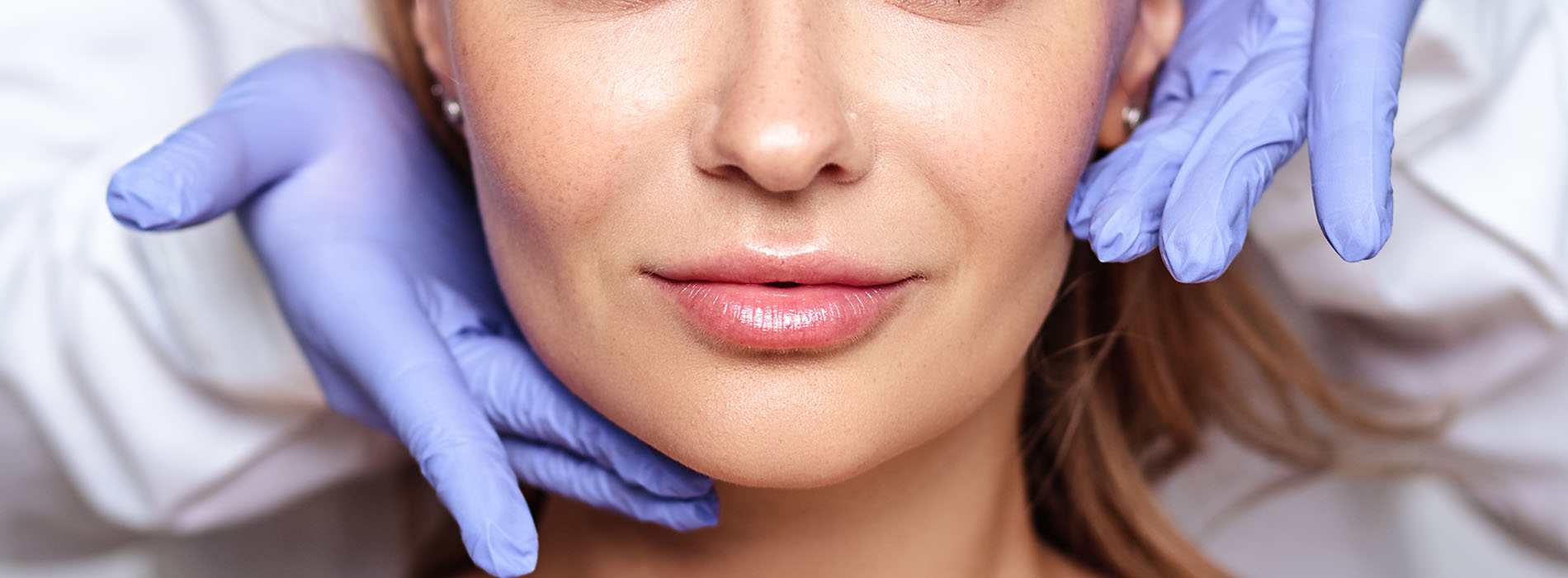

Botox can treat a number of esthetic and functional concerns, from softening fine lines and wrinkles to reducing excessive gum display. Dr. Wood has been administering Botox since 2009 and has many returning patients who have seen her for this treatment through the years.
Wrinkles are a natural part of the aging process, and their prevention and treatment is certainly a personal choice. If you find that the early signs of aging are becoming apparent on your face, you may consider adding Botox to your anti-aging routine.
Gummy smiles, or display of excess gum tissue when smiling, are traditionally treated with aggressive surgical intervention, involving reduction of the bone around the teeth and crowning of the teeth. The application of just a few units of Botox now provides a noninvasive, quick, inexpensive and effective alternative, by relaxing the hyperactive lip muscles to a more esthetically pleasing position.
Here are some common causes of a gummy smile
A gummy smile can easily and effectively be treated with Botox. The best part of this treatment is that it is not invasive and it is a quick procedure! Botox has botulinum toxin type A, and when injected, it can relax the muscles in the upper lip and limit the rise of the upper lip when smiling, so the gums will remain covered. Two or more units of Botox are injected in the area between the nose and upper lip to reduce the appearance of any “gummy” smile, creating a more appealing and natural smile.
Again, treating a gummy smile with Botox is a minimally invasive procedure. The upper lip that is relaxed with Botox no longer contracts or elevates as much when smiling. The treatment is incredibly effective, and the results usually last 3 months; we have found that when we repeat this procedure, over time, generally we get more time between when treatment is required. One may return to work immediately after treatment, and results are often almost immediate with the full effect occurring by two weeks.
Here are some benefits of treating a gummy smile with Botox:
Botox injectable treatments are generally considered safe for most adults with TMJ. However, it is important to consult a qualified medical professional before getting Botox injections to make sure they are appropriate for your specific situation. People who are pregnant or nursing should not get Botox injections.
The results of Botox injections for TMJ can last up to six months. After this time, the effects will start to wear off, and you may need to get another injection to maintain relief from your symptoms. It is important to follow up with your doctor after getting a Botox injection to monitor your progress and make sure the treatment is still effective.
After receiving a Botox injection for TMJ, some common side effects you may experience include minor swelling or bruising at the injection site. You may also feel some soreness in the facial muscles. These side effects should subside within a few days after the injection. You may also notice pain relief and improvement in your TMJ symptoms within the first few weeks after receiving the injection. Be sure to follow up with your doctor after getting a Botox injection to monitor your progress and make sure the treatment is still effective.
There are several non-invasive treatments available for treating TMJ, such as physical therapy, oral splints, stress management, muscle relaxants, and lifestyle changes. However, these treatments may not be as effective as Botox injections in relieving symptoms of TMJ. Additionally, surgery is an option for those with severe cases of TMJ who have not responded to other treatments. Surgery can involve reshaping the joint or replacing it with an artificial one.
Share Your Smile Rewards
Our New Patient Referral Program
Learn More »